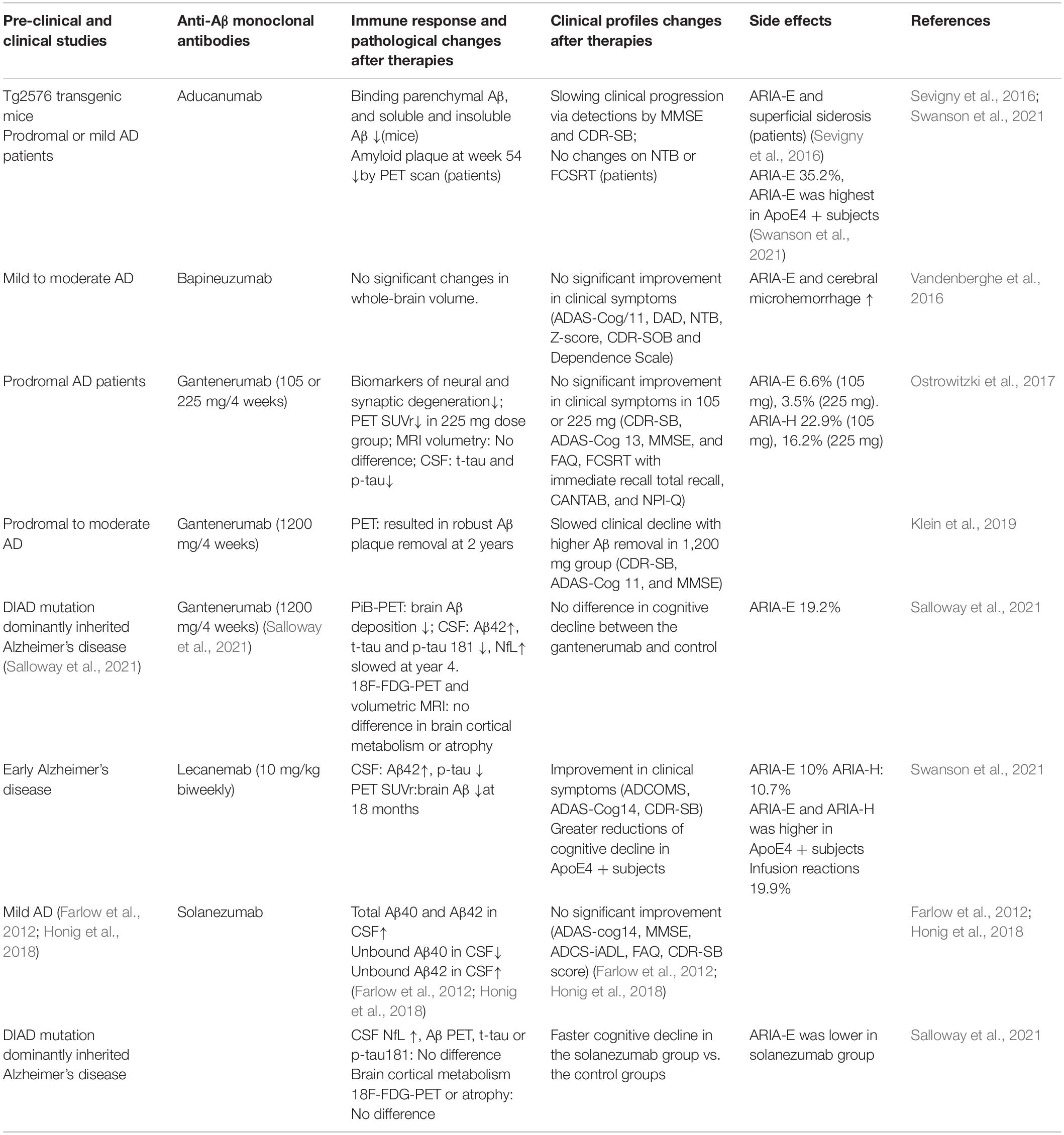Siteeraan artikkelin, joka kertoo suomalaisesta tutkimuksesta neurotieteiden alalla. Aikoinaan professori Urpo Rinne luennoi 1965 neuroanatomiaa meidän medisiinarikurssillemme ja hänen henkilökohtainen tieteellinen kiinnostuksensa kohdistui Parkinsonin taudin selvittelyyn. RS- lehti kertoo hankinnaisen PD-taudin ( siis ei geneettisen) etiologioassa voivan olla erästä bakteerilajia, desulfovibriota, ja lysosomaalisen alfasynukleiinin aggrekoitumista Professori Per Saris Helsingin yliopistosta johtaa tutkijaryhmää.
MedlinePlus:
41
Parkinson's disease (PD) is a type of movement disorder. It happens when
nerve cells in the brain don't produce enough of a brain chemical
called dopamine. Sometimes it is genetic, but most cases do not seem to
run in families. Exposure to chemicals in the environment might play a
role.
Symptoms begin gradually, often on one side of the body. Later they
affect both sides. They include:
Trembling of hands, arms, legs, jaw and face
Stiffness of the arms, legs and trunk
Slowness of movement
Poor balance and coordination
As symptoms get worse, people with the disease may have trouble walking,
talking, or doing simple tasks. They may also have problems such as
depression, sleep problems, or trouble chewing, swallowing, or speaking.
There is no specific test for PD, so it can be difficult to diagnose.
Doctors use a medical history and a neurological examination to diagnose
it.
PD usually begins around age 60, but it can start earlier. It is more
common in men than in women. There is no cure for PD. A variety of
medicines sometimes help symptoms dramatically. Surgery and deep brain
stimulation (DBS) can help severe cases. With DBS, electrodes are
surgically implanted in the brain. They send electrical pulses to
stimulate the parts of the brain that control movement.
NIH: National Institute of Neurological Disorders and Stroke
MalaCards based summary:
Parkinson Disease, Late-Onset, also known as parkinson disease, is related to hereditary late-onset parkinson disease and parkinson disease 3, autosomal dominant, and has symptoms including tremor, constipation and myoclonus. An important gene associated with Parkinson Disease, Late-Onset is MAPT (Microtubule Associated Protein Tau), and among its related pathways/superpathways are Parkinson's disease pathway and Degradation pathway of sphingolipids, including diseases. The drugs Idebenone and Tadalafil have been mentioned in the context of this disorder. Affiliated tissues include Brain and subthalamic nucleus, and related phenotypes are hallucinations and abnormal autonomic nervous system physiology
MedlinePlus Genetics:
42
Parkinson disease is a progressive disorder of the nervous system. The
disorder affects several regions of the brain, especially an area called
the substantia nigra that controls balance and movement.Often the first
symptom of Parkinson disease is trembling or shaking (tremor) of a
limb, especially when the body is at rest. Typically, the tremor begins
on one side of the body, usually in one hand. Tremors can also affect
the arms, legs, feet, and face. Other characteristic symptoms of
Parkinson disease include rigidity or stiffness of the limbs and torso,
slow movement (bradykinesia) or an inability to move (akinesia), and
impaired balance and coordination (postural instability). These symptoms
worsen slowly over time.Parkinson disease can also affect emotions and
thinking ability (cognition). Some affected individuals develop
psychiatric conditions such as depression and visual hallucinations.
People with Parkinson disease also have an increased risk of developing
dementia, which is a decline in intellectual functions including
judgment and memory.Generally, Parkinson disease that begins after age
50 is called late-onset disease. The condition is described as
early-onset disease if signs and symptoms begin before age 50.
Early-onset cases that begin before age 20 are sometimes referred to as
juvenile-onset Parkinson disease.
UniProtKB/Swiss-Prot:
73
A complex neurodegenerative disorder characterized by bradykinesia,
resting tremor, muscular rigidity and postural instability. Additional
features are characteristic postural abnormalities, dysautonomia,
dystonic cramps, and dementia. The pathology of Parkinson disease
involves the loss of dopaminergic neurons in the substantia nigra and
the presence of Lewy bodies (intraneuronal accumulations of aggregated
proteins), in surviving neurons in various areas of the brain. The
disease is progressive and usually manifests after the age of 50 years,
although early-onset cases (before 50 years) are known. The majority of
the cases are sporadic suggesting a multifactorial etiology based on
environmental and genetic factors. However, some patients present with a
positive family history for the disease. Familial forms of the disease
usually begin at earlier ages and are associated with atypical clinical
features.
PubMed Health :
63
Parkinson's: Parkinson's is a disease of the nervous system that mostly
affects older people. It typically begins after the age of 50. The
disease can be very hard to live with because it severely restricts
mobility and as a result makes daily activities increasingly difficult.
Parkinson's is a progressive disease, which means that in most cases it
will continue to gradually get worse. Many people who develop
Parkinson’s will require nursing care. There is no cure for the disease
and its exact cause is not known, but there are effective treatments
that can relieve the symptoms.
NINDS:
52
Parkinson's disease (PD) is movement disorder of the nervous system that
gets worse over time. As nerve cells (neurons) in parts of the brain
weaken, are damaged, or die, people may begin to notice problems with
movement, tremor, stiffness in the limbs or the trunk of the body, or
impaired balance. As symptoms progress, people may have difficulty
walking, talking, or completing other simple tasks. Not everyone with
one or more of these symptoms has PD, as the symptoms appear in other
diseases as well.
OMIM®:
57
Parkinson disease was first described by James Parkinson in 1817. It is
the second most common neurodegenerative disorder after Alzheimer
disease (AD; 104300), affecting approximately 1% of the population over
age 50 (Polymeropoulos et al., 1996). (168600) (Updated 26-Feb-2023)
Disease Ontology
11
Late onset parkinson's disease:
A Parkinson's disease characterized by onset of motor symptoms typically after 60 years of age.
Parkinson's disease:
A synucleinopathy that has material basis in degeneration of the central
nervous system that often impairs motor skills, speech, and other
functions.
Wikipedia:
75
Parkinson's disease (PD), or simply Parkinson's, is a long-term degenerative disorder of the central... more...

